Iran plans to keep raising oil production as back-door diplomatic efforts with the US appear to be easing pressure on the Middle Eastern nation, according to Bloomberg.
The Islamic Republic expects to boost production to 3.4 million barrels a day by the end of summer, according to Oil Minister Javad Owji. That would put output near Iran’s capacity limit of 3.8 million barrels a day. The country has already boosted production by about 50% over the past two years, according to comments Owji made toIranian parliament’s energy committee reported by the ministry’s news service Shana.
Owji’s remarks come amid diplomatic efforts between the US and Iran that have raised speculation about whether aspects of the nuclear deal abandoned by former President Donald Trump in 2018 could be revived. The two nations recently reached agreements that would see captive Americans released and some frozen Islamic republic funds freed for transfer.
Further talks could set the stage for Iran to boost its already surging oil exports. The nation shipped 2.2 million barrels a day of crude and condensates during the first 20 days of August, with monthly exports poised to reach the highest this year, according to TankerTrackers.com Inc., which provides data on oil cargo shipments.
At the same time, the country’s boom in oil sales, most of which are flowing to China, has complicated efforts by OPEC+ to support oil prices, with Iranian barrels partially countering recent output cuts agreed by Saudi Arabia and Russia. That’s weighed on oil prices, with global benchmark Brent crude trading below $85 a barrel.
The revival in Iran’s output has coincided with the nation reaching a preliminary accord with regional adversary Saudi Arabia in April, as well as the latest US diplomatic talks. The Persian Gulf state that was once the second-largest producer in the Organization of Petroleum Exporting Countries saw its energy industry starved of investment under successive rounds of sanctions, while its crude exports were throttled under Trump’s policy of maximum pressure.
While Iranian exports are very hard to track — with vessels turning off satellite tracking systems to mask their routes — the data TankerTrackers indicates that Iran is drawing crude out of land-based storage tanks. The country processes roughly 1.8 million barrels of crude at domestic refineries each day.

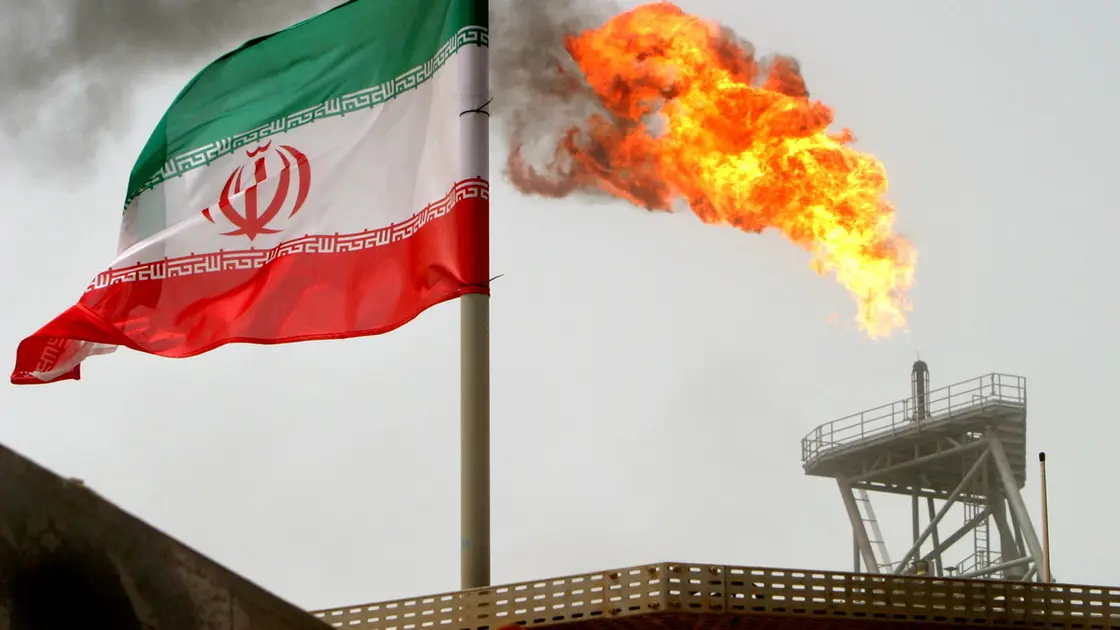

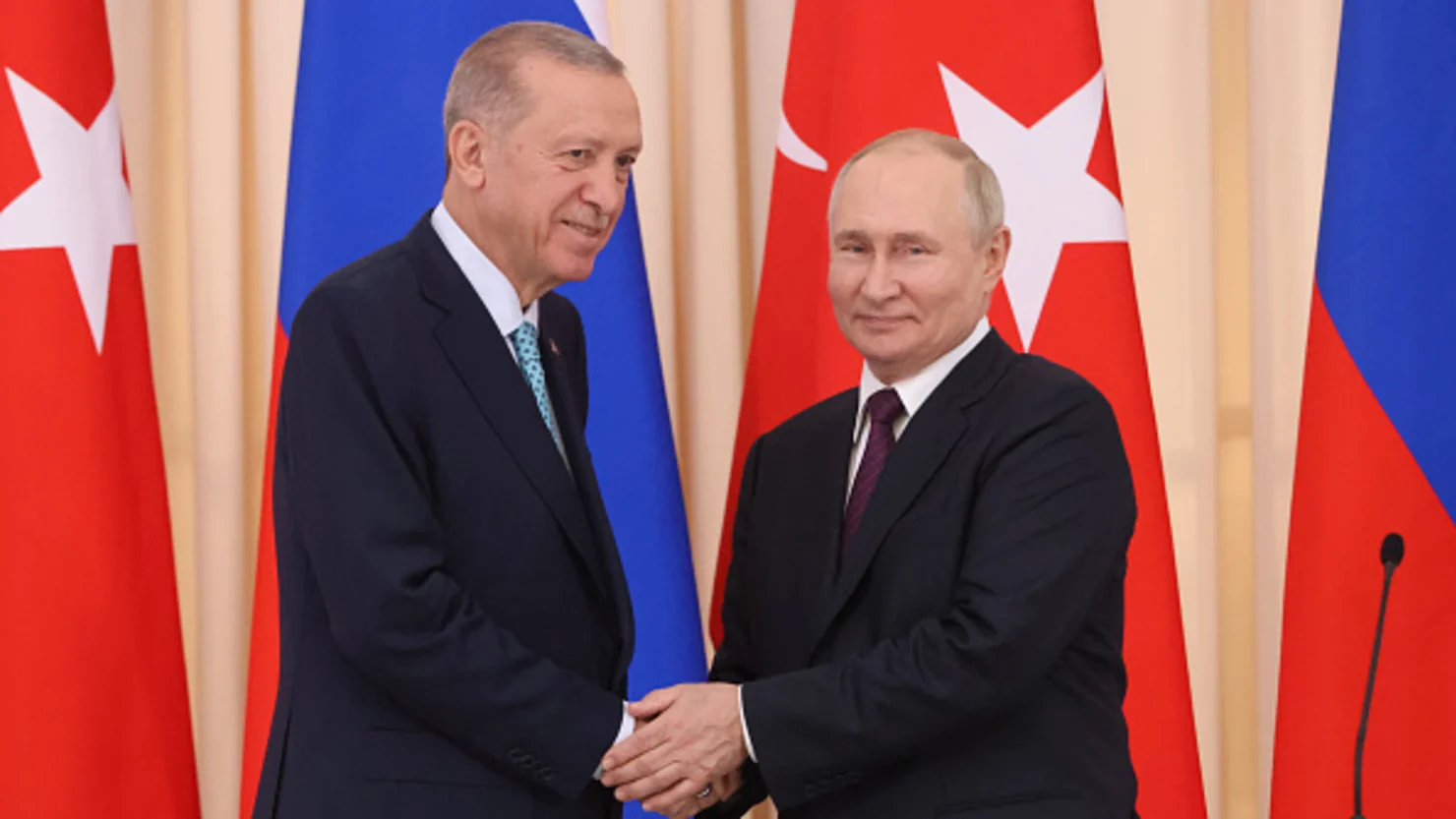
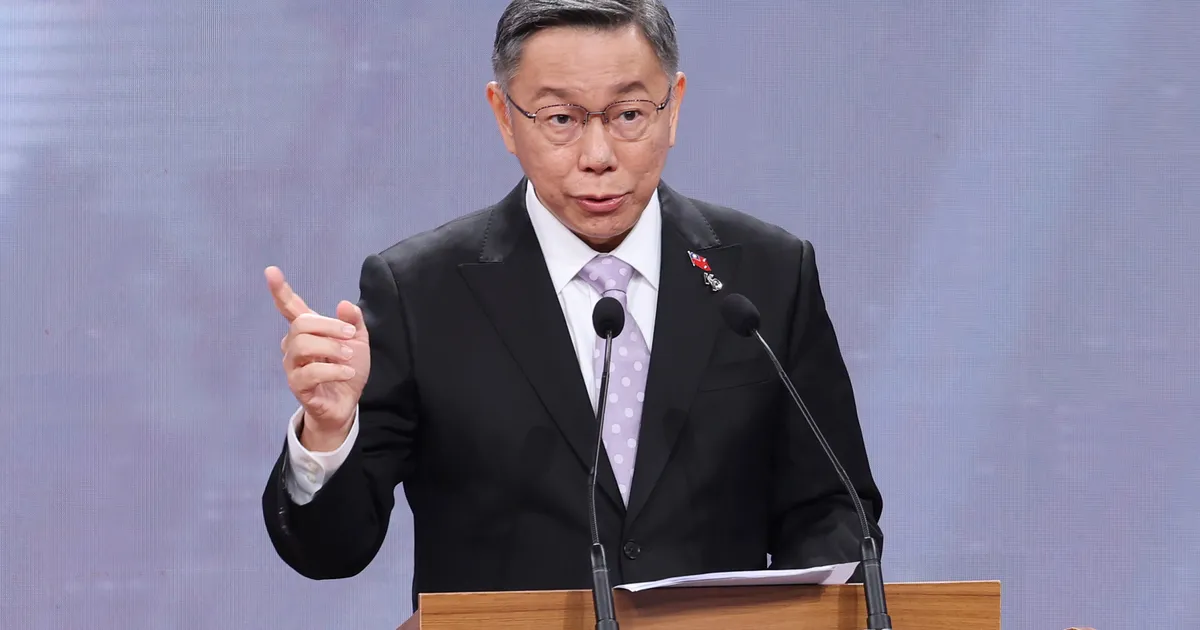


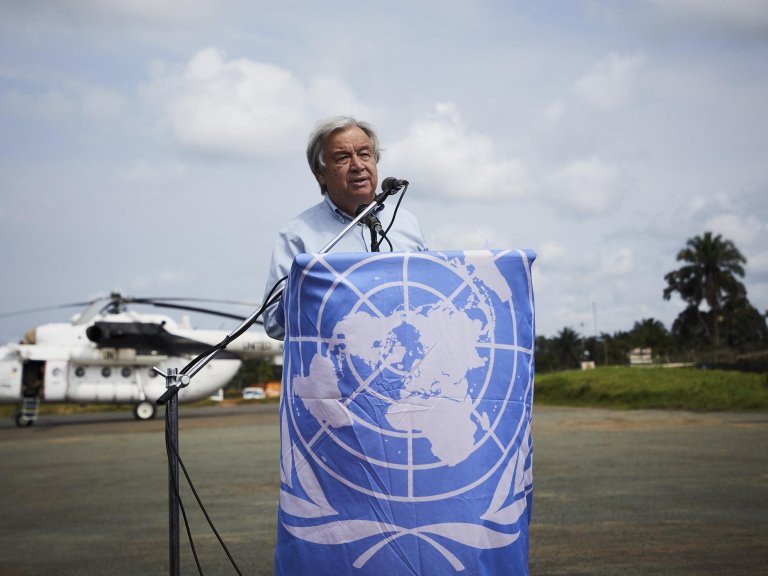
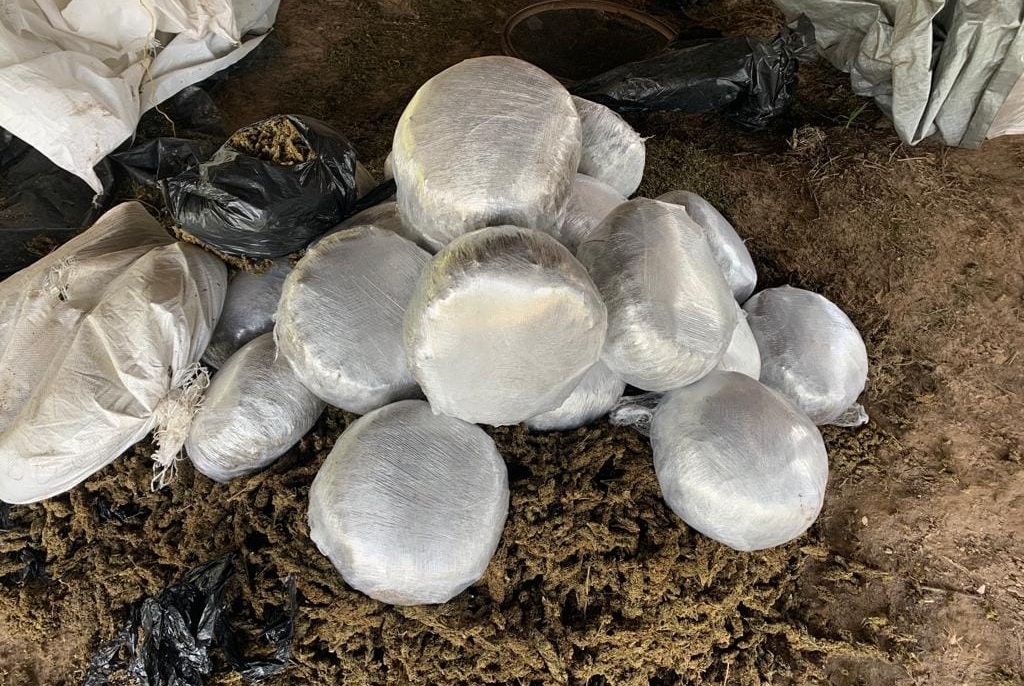
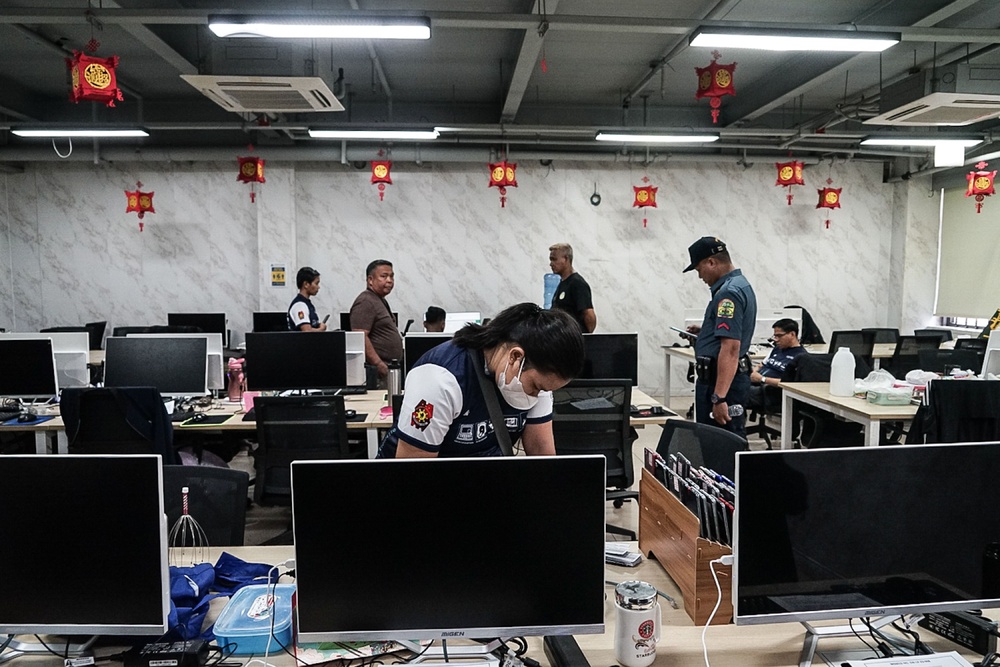
Trackbacks and Pingbacks